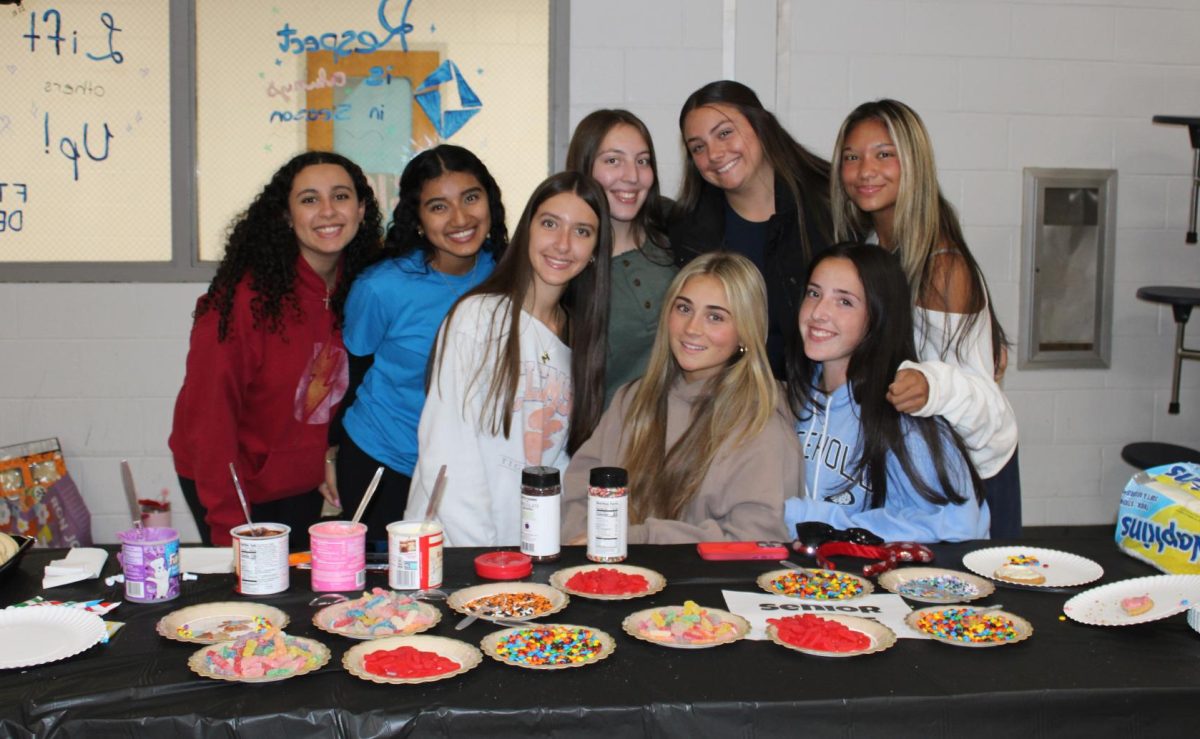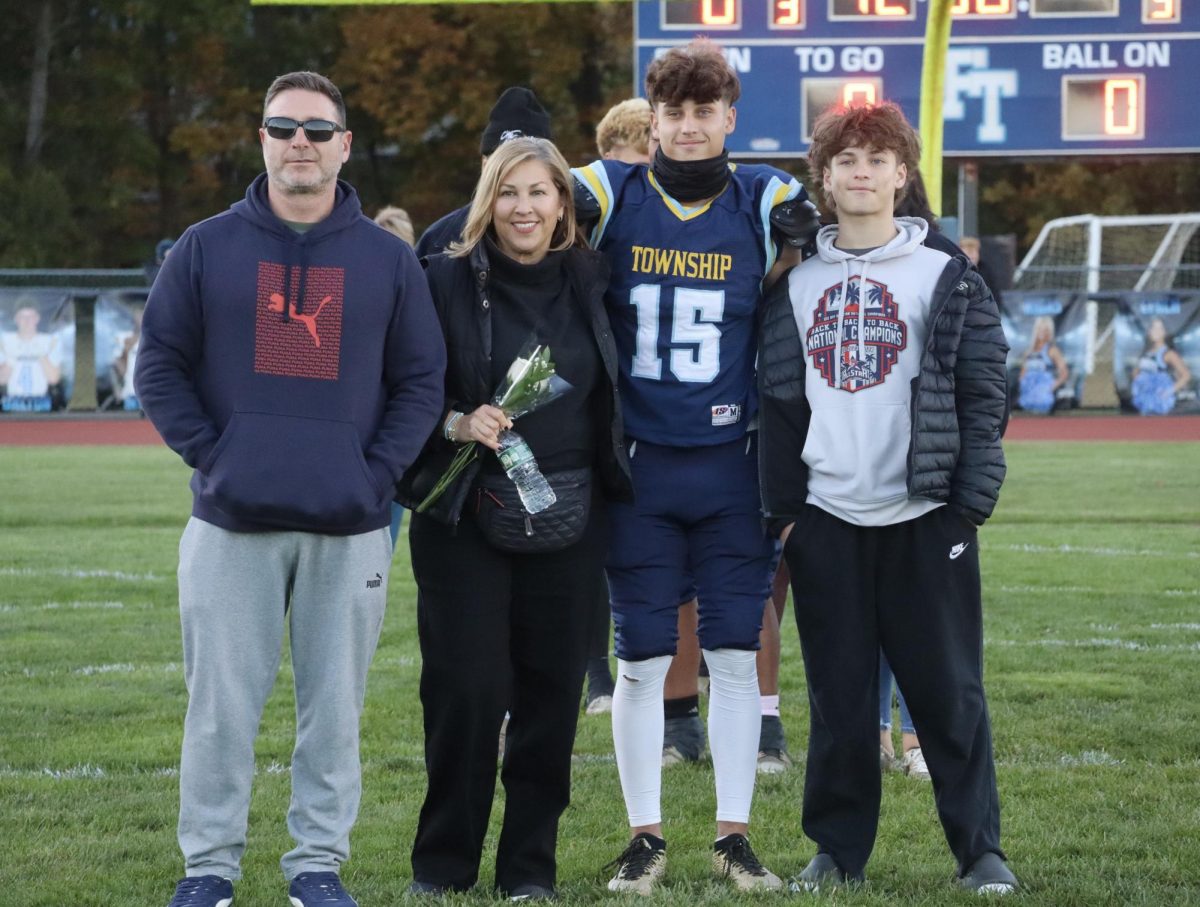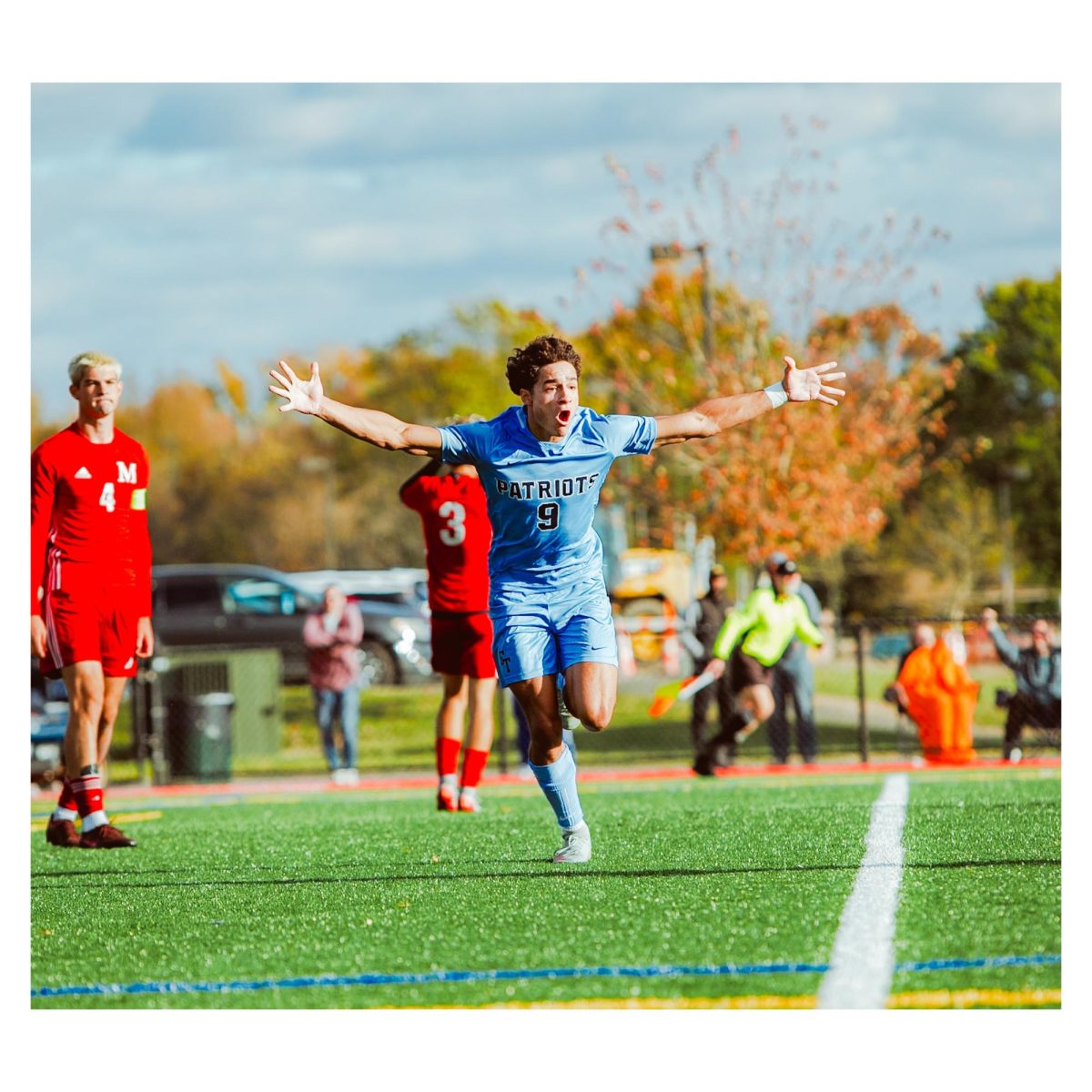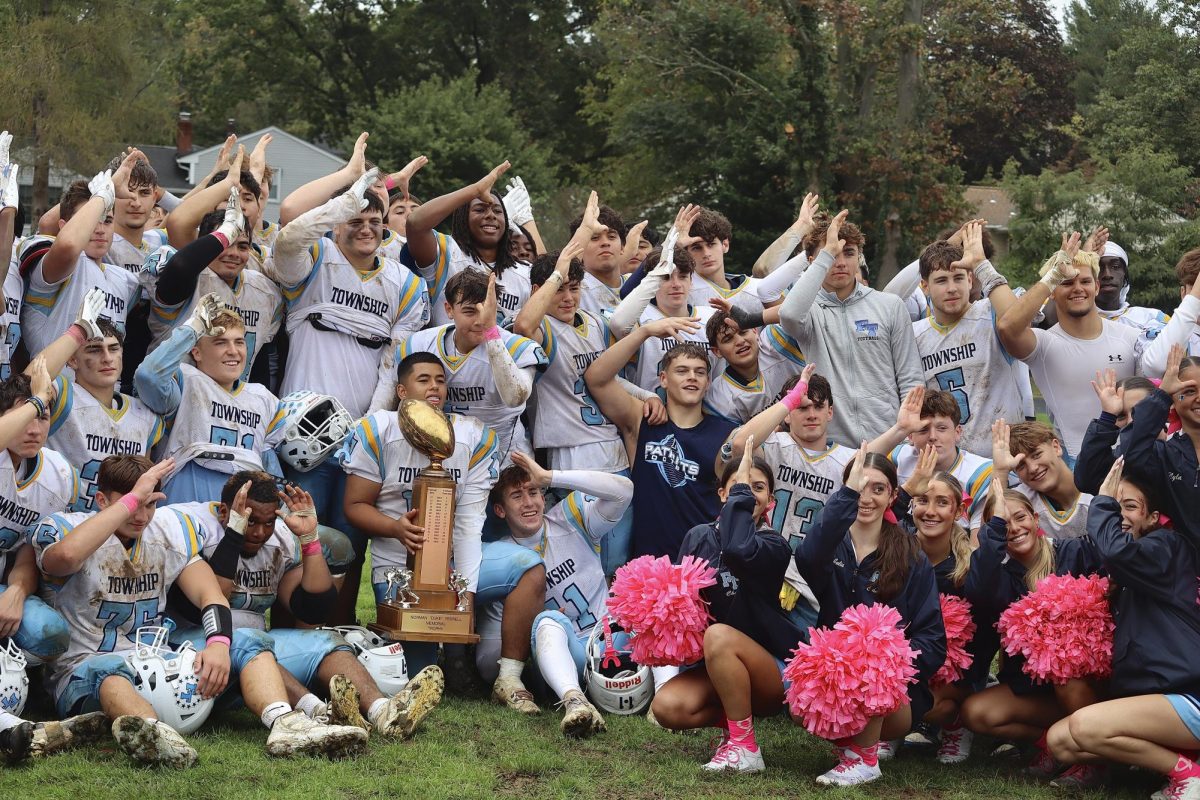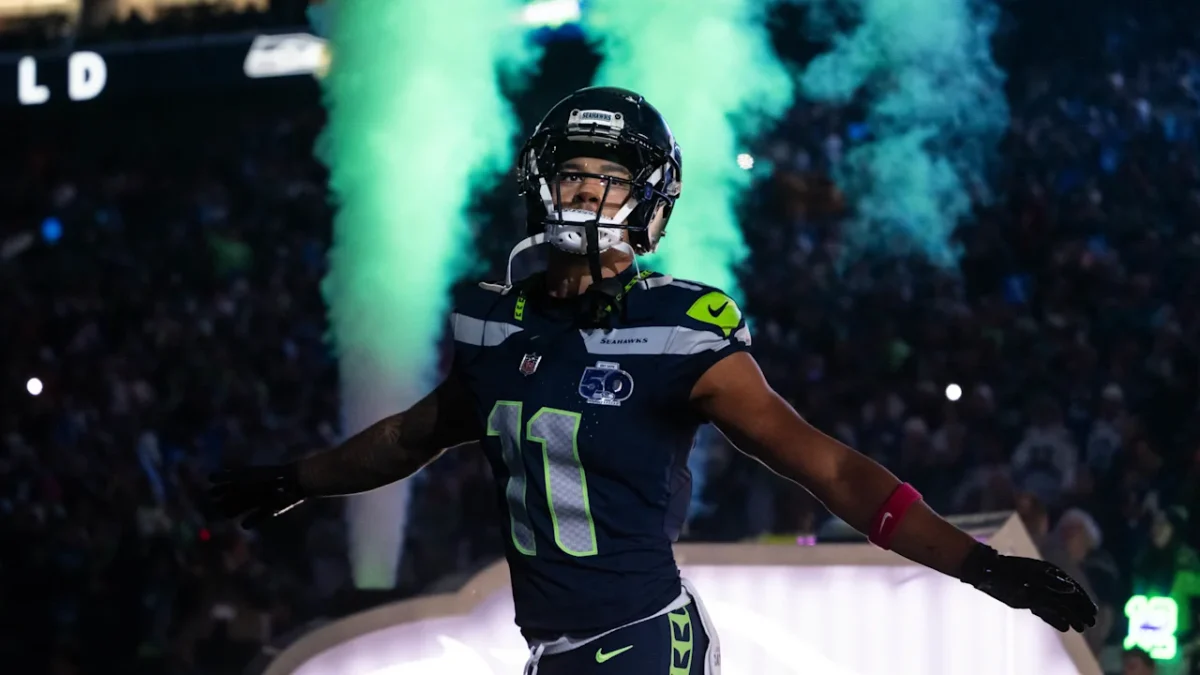What We Learned From the USMNT’s November Camp
December 18, 2020
After over nine months of anticipation, the United States Men’s National Soccer Team finally returned to action! A new dawn is on the horizon, and this international break offered a glimpse of it. The MNT is looking to rebound after failing to qualify for the 2018 World Cup and is preparing for a busy 2021 consisting of a possible Tokyo Olympics, the CONCACAF Gold Cup, and 2022 World Cup qualifying. The Stars and Stripes played two friendly games, against Wales on November 12th and against Panama on November 16th. A 0-0 draw was the outcome against the Welsh, while a 6-2 thrashing of the Panamanians was a welcome result. The MNT fielded a roster made up entirely of players plying their trade outside of the US (with one exception), meaning the friendlies presented a chance for the US to show off their exceptional overseas talent. The Yanks boasted Champions League regulars such as Weston McKennie (Juventus), Tyler Adams (RB Leipzig), and Sergiño Dest (Barcelona). Additionally, youngsters that are just breaking through at European clubs, such as Richard Ledezma (PSV Eindhoven), Owen Otasowie (Wolverhampton Wanderers), and Sebastian Soto (Norwich City, on loan at Telstar), featured prominently. The most intriguing thing about the November squad was the average age of just 21 years and 300 days. The youth of the squad and the bright performances during the friendlies offered an insight into the promising future of the team. Here are three takeaways from November’s camp and what they mean going forward.
- Yunus Musah must stay within the setup.
The most surprising callup to the November camp was 17-year-old, New York City-born midfielder Yunus Musah. Musah was born in New York while his Ghanaian parents were on vacation. He then split his youth between Italy and England, moving to Spain to play for Valencia in 2019. Musah is, therefore, eligible to play for Italy, England, Ghana, and the United States. Of the four, the United States seemed like the least plausible considering Musah’s lack of ties to the nation. Whatsmore, England and Italy are both currently better-ranked national teams than the United States, coming in at #4 and #12 in the FIFA world rankings, compared to the United States’ #22. Because of this, it was a welcome surprise to find out that American Coach Gregg Berhalter had convinced Musah to attend camp. Musah is a quick, smart, and skilled midfielder who has played in all but one of Valencia’s league games this season. He started both of the American games in November and looked utterly amazing. Calm on the ball and in the pass and never afraid to make something happen, he slotted in seamlessly between the more attacking McKennie and the more defensive Adams. The trio could make a brilliant midfield going forward, and Musah should be an integral part of the international setup. Simply, he’s a keeper, and at just 17, can delight Yankees for over a decade.
- A number nine is required.
When the squad list for November was first released, three true center forwards/strikers (number nines) were included: Werder Bremen’s Josh Sargent, SM Caen’s Nicholas Giaochinni, and Soto. However, Sargent was forced to drop out of the squad due to Bremen’s COVID-19 travel restrictions and was replaced by LA Galaxy midfielder Sebastian Lletget. In the Wales game, Berhalter played Lletget as a false nine, meaning he functioned in a deeper role than a typical striker and allowed creativity to build up the attack through him. This system did not work. The states lacked a big presence in the box that could rattle defenders, a poacher who could be a lethal finisher in the final third, and a big man that could hold play up and allow others to make runs in behind defenders. This is no slight on Lletget, as he had never functioned as false nine before. However, in the second friendly, Berhalter started a true number nine, Giaochinni, up front. Gioachinni was brilliant, grabbing two goals and doing exactly what the US lacked in the previous game. He was a pinpoint finisher and a fox in the box, whose striking instincts allowed him to poach two simple goals. Later in the game, true center forward Sebastian Soto came on and bagged a brace himself. Soto, like Giaochinni, was a presence in the box, rattling defenders and allowing play to build around him. The lesson learned from Giaochinni and Soto’s performances is that a number nine is crucial to the success of the team. A false nine does not fit a squad with such a creative midfield that is blessed with brilliant fullbacks and wingers. Thus, when Berhalter picks his squads for Olympic qualifying, the Gold Cup, the CONCACAF Nations League, World Cup qualifying, and the upcoming World Cup (if the US qualifies), he needs to make sure he includes a true number nine. Sargent is the ideal first choice, as he is a key cog in a Bundesliga side and is a favorite of Berhalter. While it might be simple to pick Soto and Giaochinni as backups, the two might not be available for the senior side since they are under 23 and are therefore eligible for the Olympics. Additionally, Berhalter has stated that the upcoming World Cup qualifying cycle will consist of his top players, as opposed to the Gold Cup. Thus, Sargent will most likely not be apart of the Gold Cup squad. This leaves Berhalter with limited but viable options for a Sargent backup and two to three strikers for the Gold Cup and Nations League. For experience, Berhalter can look to USMNT legend Jozy Altidore, who is now in the autumn of his career but is still a capable veteran, or Columbus Crew star Gyasi Zardes, who Berhalter coached with the Crew and had been the first choice early in Berhalter’s tenure. If more youth is on the radar, Orlando City sensation Daryl Dike or Toronto FC breakout star Ayo Akinola could fit the bill. Other contenders include the Portland Timbers’ Jeremy Ebobisse, Hammarby IF’s Aron Johannsson, or SønderjyskE’s Haji Wright. No matter who Berhalter chooses, he needs to include a true striker in any lineup and the striker debate is an exciting story to watch.
- Let the kids play!
The main talking point surrounding the camp was the abundance of youth on display. Two seventeen-year-olds, Musah and Borussia Dortmund’s Giovanni Reyna, slotted seamlessly into the setup. Additionally, just six of the 23 man squad were over the age of 25. Among those six were two goalkeepers, Manchester City’s Zack Steffen and Club Brugge’s Ethan Horvath, and three center-backs, VFL Wolfsburg’s John Brooks, Anderlecht’s (on loan from Chelsea) Matt Miazga, and Fulham’s Tim Ream. Center-backs and goalkeepers usually develop later than other positions, so Brooks, Horvath, Miazga, and Steffen are relatively young for their positions (not Ream at 33). The rest of the squad is all under the age of 23. That is downright remarkable, considering the average age of a soccer player is around 26. While one might think that Berhalter could have simply called up 23 college-aged kids and still have a really young squad, the difference is that all of the squad came through (or are still coming through) overseas. Young Americans are developing in top-class youth development academies in the best leagues in the world. Simply, Americans are now in the best developmental systems on the planet. Players like Chris Richards, 20, at Bayern Munich and Konrad de la Fuente, 19, at Barcelona are being taught at the world’s best clubs. The abundance of youth playing at top-class, foreign clubs bodes well for the future. Also, these kids showed their class against a team going to the 2021 European Championships (Wales) and the team that took America’s place at the last World Cup (Panama). The main reason that the old guard of the USMNT failed to qualify for the 2018 World Cup was that they were experienced players who had already “been there and done that” and lacked hunger. Thus, having a new, hungry generation bodes well for a busy 2021 and a nation looking to rebound.
2021 looks to be a tough and intriguing year for the USMNT. From positional battles to figuring out tactics, the USMNT has some work to be done. Nonetheless, the November camp showed a step in the right direction. It offered good stepping stones to build on in the future. It gave us a glimpse of having all of the top European talent playing at the same time for one country. I, for one, cannot wait to see what the next generation of US soccer brings.







